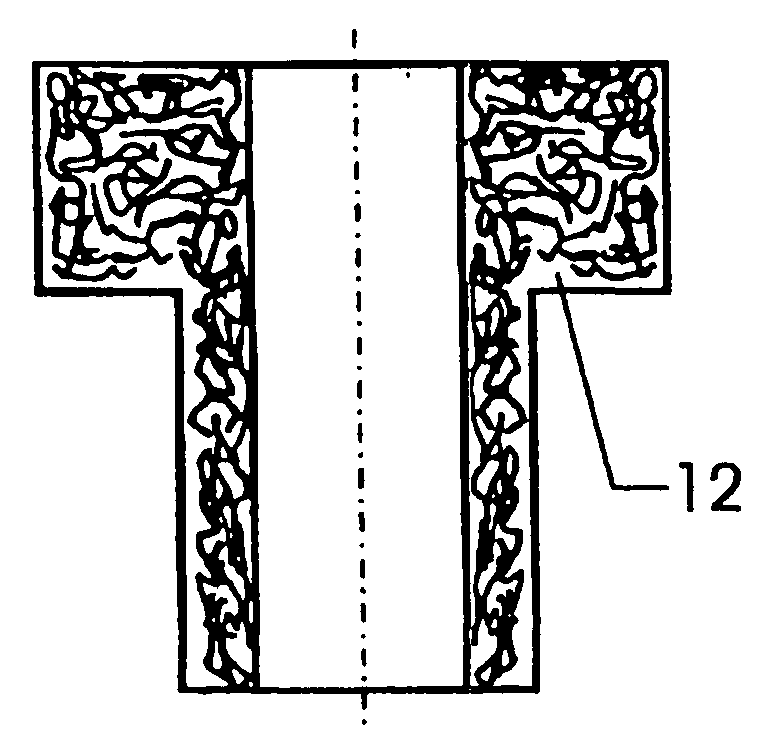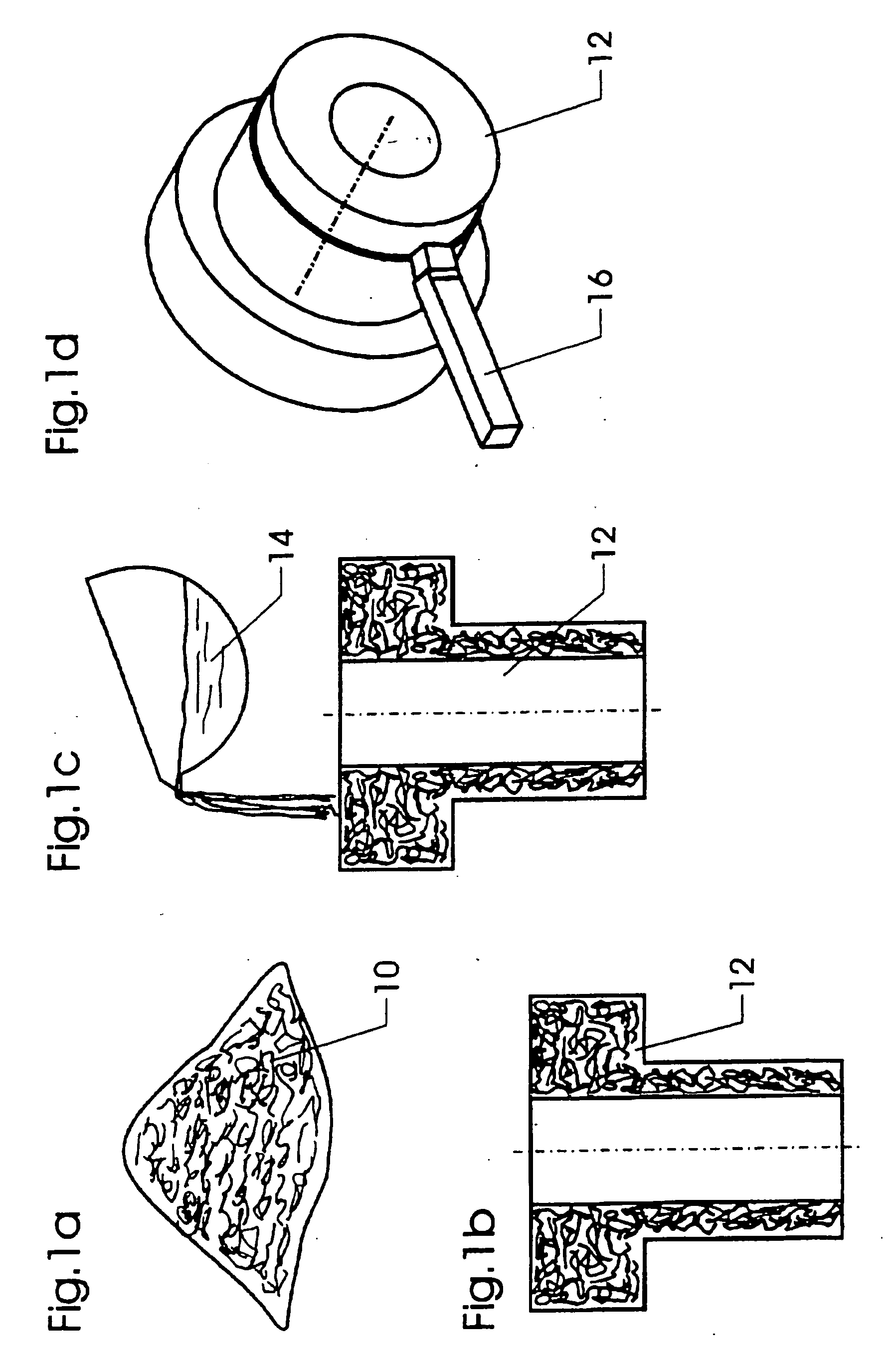Low-friction and low-wear solid body sliding system
a sliding system and low friction technology, applied in the direction of metal layered products, mechanical devices, layered products, etc., can solve the problem that it is not possible to achieve all tribological pairings, and achieve the effect of low friction
- Summary
- Abstract
- Description
- Claims
- Application Information
AI Technical Summary
Benefits of technology
Problems solved by technology
Method used
Image
Examples
Embodiment Construction
[0016] A piston-cylinder arrangement for steam engines forms a tribological pairing. The arrangement is exposed to steam at temperatures between 300° C. and 850° C. The piston consists of solid zirconium oxide. The cylinder consists of a compound matrix of zirconium hydroxide / metal.
[0017] In a further embodiment a piston-cylinder arrangement is provided for steam engines. The piston and the cylinder consist of nodular graphite cast iron (GGG), which has aluminum hydroxide inclusions. The frictional behaviour is additionally supported by the graphite contained in the nodular graphite cast iron.
[0018] A further embodiment is a piston-cylinder arrangement of an oil-free combustion engine. The cylinder consists of a gray cast iron matrix or nodular graphite cast iron matrix containing zirconium hydroxide. The piston is made of carbon and impregnated with antimony. The piston rings consist of zirconium oxide or cast steel. During operation the tribological partners run on a zirconium h...
PUM
| Property | Measurement | Unit |
|---|---|---|
| Length | aaaaa | aaaaa |
| Length | aaaaa | aaaaa |
| Length | aaaaa | aaaaa |
Abstract
Description
Claims
Application Information
 Login to View More
Login to View More - R&D
- Intellectual Property
- Life Sciences
- Materials
- Tech Scout
- Unparalleled Data Quality
- Higher Quality Content
- 60% Fewer Hallucinations
Browse by: Latest US Patents, China's latest patents, Technical Efficacy Thesaurus, Application Domain, Technology Topic, Popular Technical Reports.
© 2025 PatSnap. All rights reserved.Legal|Privacy policy|Modern Slavery Act Transparency Statement|Sitemap|About US| Contact US: help@patsnap.com


